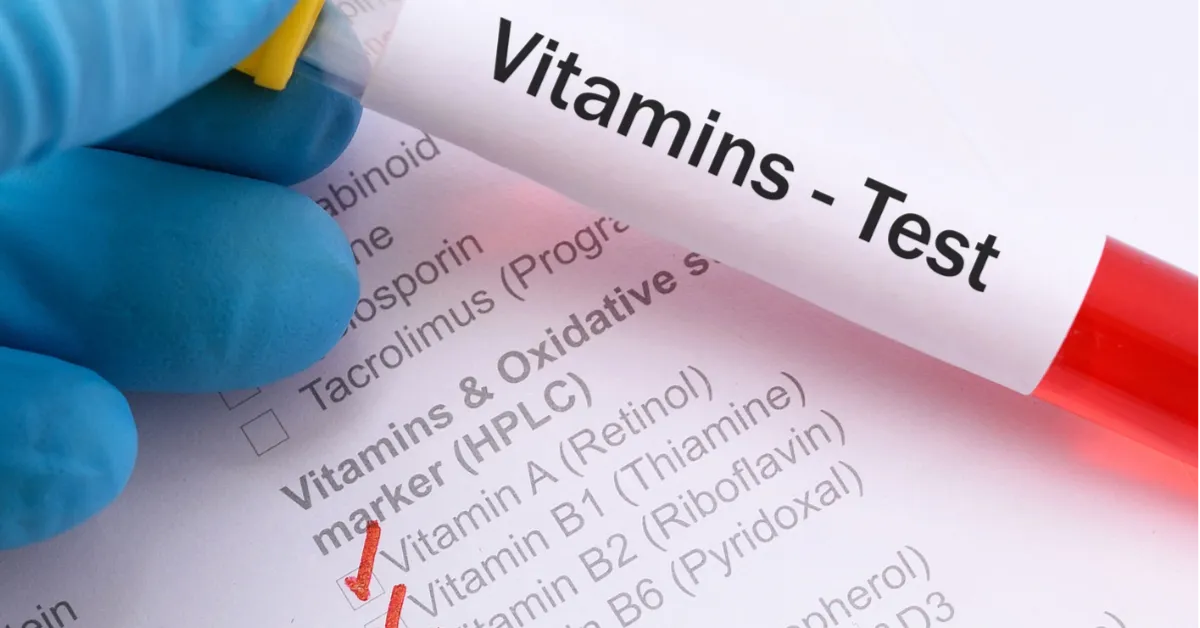ISO 21033 Niacin (Vitamin B3) Measurement in Fortified Foods
The ISO 21033 standard provides a comprehensive approach to the quantitative determination of niacin, also known as vitamin B3, in fortified foods. This method is particularly relevant for food and feed testing sectors where accurate measurement of essential vitamins is crucial for compliance with regulatory standards and ensuring product safety and efficacy.
Niacin plays a vital role in energy metabolism, DNA repair, and the production of certain neurotransmitters. It is often added to cereals, breads, and other grain products as part of nutritional fortification programs aimed at preventing niacin deficiency diseases such as pellagra. The ISO 21033 method ensures that these fortified foods meet specified nutrient content claims, thereby supporting public health initiatives.
The standard specifies a procedure for the measurement of niacin in fortified foods using high-performance liquid chromatography (HPLC) with UV detection. This technique allows for precise quantification by separating niacin from other components in the food matrix and detecting it at a specific wavelength. The HPLC method is chosen for its sensitivity, selectivity, and ability to accurately measure trace amounts of niacin.
Before testing begins, proper sample preparation is essential. This involves homogenizing the fortified food sample, extracting the niacin content using an appropriate solvent, and diluting it if necessary to ensure that the concentration falls within the linear range of the HPLC instrument. The extraction process must be optimized to minimize interference from other components present in the food matrix.
The ISO 21033 method also includes quality control measures such as spiked samples and recovery studies to validate the accuracy and precision of the measurement technique. These controls are critical for ensuring that the results obtained are reliable and reproducible across different laboratories and testing environments.
Compliance with this standard is particularly important for manufacturers, regulatory bodies, and food safety organizations. It ensures that fortified foods meet specified nutrient content claims, thereby supporting public health initiatives and consumer trust in the products they purchase. This method also plays a crucial role in ensuring compliance with international standards and regulations such as those set by Codex Alimentarius.
By adhering to ISO 21033, laboratories can provide accurate and reliable results that are trusted by stakeholders across the food industry. The standard's robustness makes it applicable not only for quality control but also for research and development activities aimed at optimizing fortification levels in food products.
Industry Applications
| Application | Description |
|---|---|
| Niacin Fortification Monitoring | Determining the accurate level of niacin in fortified foods to ensure compliance with regulatory standards. |
| Quality Control | Monitoring batch consistency and process control during the production of fortified foods. |
| R&D Support | Assisting in optimizing fortification levels for new product development. |
| Consumer Health | Ensuring that fortified foods meet nutritional requirements to support public health initiatives. |
| Supply Chain Transparency | Providing transparency in the supply chain regarding niacin content and compliance with standards. |
| Regulatory Compliance | Aiding in meeting regulatory requirements for fortified food products internationally. |
| Market Analysis | Assisting in market analysis by providing data on niacin levels in various fortified food products. |
| Sustainability Initiatives | Supporting sustainability initiatives by ensuring that fortified foods meet specified nutrient content claims. |
International Acceptance and Recognition
The ISO 21033 standard for niacin measurement in fortified foods has gained widespread recognition and acceptance across the international community. It is widely used by laboratories, manufacturers, regulatory bodies, and food safety organizations to ensure accurate and consistent results.
The standard's robust methodology ensures that tests are reliable and reproducible, making it a preferred choice for compliance with global standards such as Codex Alimentarius and regional regulations like those in the European Union. The widespread adoption of this standard reflects its importance in ensuring food safety and public health.
Many countries have incorporated ISO 21033 into their national standards to ensure consistency with international practices. This alignment is crucial for facilitating trade between nations and ensuring that fortified foods meet the highest quality and safety standards worldwide.
The standard's acceptance extends beyond regulatory compliance; it also supports research and development efforts aimed at optimizing fortification levels in food products. By adhering to this standard, laboratories can provide accurate and reliable results that are trusted by stakeholders across various sectors of the food industry.
Competitive Advantage and Market Impact
Adopting ISO 21033 for niacin measurement in fortified foods offers significant competitive advantages to manufacturers, quality managers, and compliance officers. By ensuring accurate and consistent results, laboratories can provide reliable data that supports product claims and regulatory requirements.
This standard's robust methodology ensures that tests are reliable and reproducible, making it a preferred choice for compliance with global standards such as Codex Alimentarius and regional regulations like those in the European Union. The widespread adoption of this standard reflects its importance in ensuring food safety and public health.
The standard's acceptance extends beyond regulatory compliance; it also supports research and development efforts aimed at optimizing fortification levels in food products. By adhering to this standard, laboratories can provide accurate and reliable results that are trusted by stakeholders across various sectors of the food industry.
Manufacturers who adopt ISO 21033 can differentiate themselves in a competitive market by demonstrating their commitment to quality and safety. This can lead to increased customer confidence and loyalty, as well as enhanced reputation among regulatory bodies and other stakeholders.
The standard's recognition also facilitates international trade, ensuring that fortified foods meet the highest quality and safety standards worldwide. This can open up new markets and opportunities for manufacturers who are able to demonstrate compliance with this globally accepted standard.





